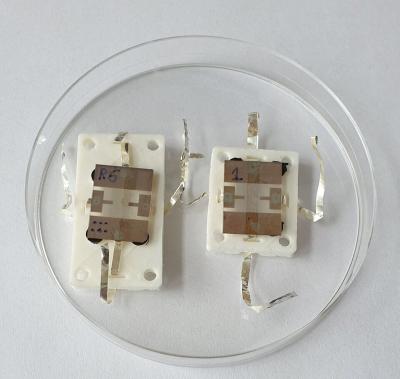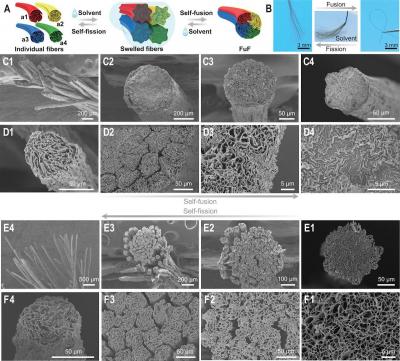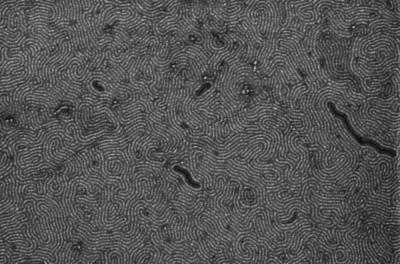
by MBF Admin | May 18, 2021 | 2D materials, Aerospace, AGM, Angstron Materials, Audio, Development, Graphene applications, Graphene Sensors, Investment, Products, Research
The European Space Agency (ESA) has announced that a project it has backed has yielded a combined temperature and magnetism sensor. “Any time we can do more with less is a good result for the space sector,” notes ESA materials specialist Ugo Lafont. “Thanks to the...
by MBF Admin | May 18, 2021 | 2D materials, Aerospace, AGM, Angstron Materials, Audio, Development, Electronics, Graphene applications, Graphene Sensors, Investment, Products, Research, Transistors
Cardea Bio, a biotech company integrating molecular biology with semiconductor electronics, has signed a commercial partnership with Scentian Bio. Scentian is an expert in synthetic insect odorant receptors (iORs), one of nature’s ways of detecting and interpreting...

by MBF Admin | May 9, 2021 | 2D materials, Aerospace, AGM, Angstron Materials, Audio, Development, Graphene applications, Graphene Oxide, Investment, Products, Research, Technical / Research, Textiles
Researchers from Zhejiang University, Xi’an Jiaotong University and Monash University have developed a way to bind multiple strands of graphene oxide together, creating a process that could prove useful in manufacturing complex architectures.Reversible fusion...

by MBF Admin | May 7, 2021 | 2D materials, Aerospace, AGM, Angstron Materials, Audio, Development, Electronics, Graphene applications, Investment, Products, Research, Rice University, Technical / Research
A Rice University team has modified its laser-induced graphene technique to make high-resolution, micron-scale patterns of the conductive material for consumer electronics and other applications. Laser-induced graphene (LIG), introduced in 2014 by Rice chemist James...
by MBF Admin | May 4, 2021 | 2D materials, Aerospace, AGM, Angstron Materials, Audio, Development, Graphene applications, Graphene composites, Investment, Products, Research
Tirupati Graphite has announced that its research center has developed a ‘ground-breaking’ graphene-aluminium (Al-Gr) composite, which reportedly exhibits significantly higher conductivity and strength properties over aluminium and could be used as a...

by MBF Admin | May 4, 2021 | 2D materials, Aerospace, AGM, Angstron Materials, Audio, Development, GNRs, Graphene applications, Graphene production, Investment, Products, Research, Technical / Research
University of Wisconsin–Madison researchers have fabricated graphene into the smallest ribbon structures to date, using a method that is said to make scaling-up simple. In tests with these tiny ribbons, the scientists discovered they were closing in on the properties...





